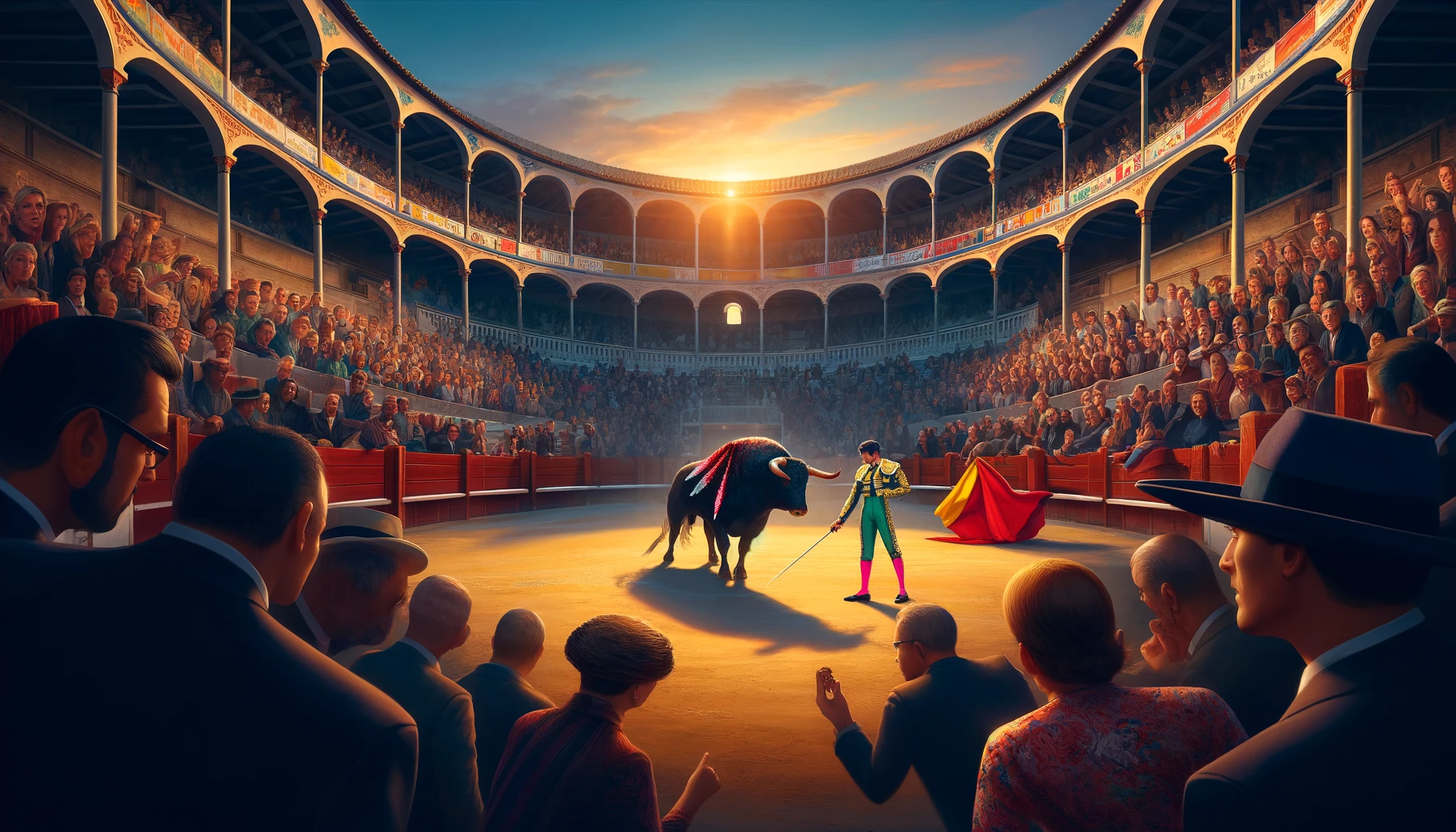Bullfighting, more than just a sporting event, is a spectacle deeply rooted in Spanish culture, full of tradition, art, and passion. However, this ritual, which dates back to before the 18th century, is also one of the most divisive in modern society. This blog explores bullfighting from its historical origins to the growing controversies and current changes shaping its future in Spain.
Origins and History:
Bullfighting in Spain dates back to the Middle Ages, but it was in the 18th century that it solidified into the form we recognize today. Traditionally, bullfighting is not just a combat between man and beast, but an artistic expression and a metaphor for the struggle for life. The bullring becomes a stage where the matador, dressed in the suit of lights, performs his deadly dance with the bull.
Read more about ➜ The Origin of Bullfighting
Cultural Aspects of Bullfighting:

Bullfighting is seen by many as a manifestation of Spanish identity. In regions like Andalusia, Extremadura, and Castile, bullfights remain events of great social and cultural importance, attracting thousands of spectators. Matadors are often revered as popular heroes, and bullfights are celebrated in the context of local festivities and fairs.
The Controversy:
Despite its popularity, bullfighting faces growing opposition. Critics argue that it is a cruel and anachronistic practice that has no place in modern society. Animal rights organizations and a growing number of Spanish citizens advocate for its abolition, highlighting the suffering of the bull during the event. In response, some regions of Spain, such as Catalonia, have taken steps to restrict or ban bullfighting.
Changes and Future:
The debate over bullfighting has led to a decline in its popularity among younger generations and an increase in the promotion of alternative forms of bullfighting that do not involve the death of the animal. Some initiatives aim to transform bullfighting into a spectacle that preserves cultural elements without resorting to violence.
Bullfighting in Spain is a complex phenomenon that encapsulates the tension between tradition and modernity. While for some it symbolizes the essence of Spanish culture, for others it represents an obsolete tradition that needs to be reformed. The future of bullfighting will depend on the ability of Spanish society to reconcile these divergent views and adapt this ancient tradition to contemporary values.


Add a Comment
You must be logged in to post a comment